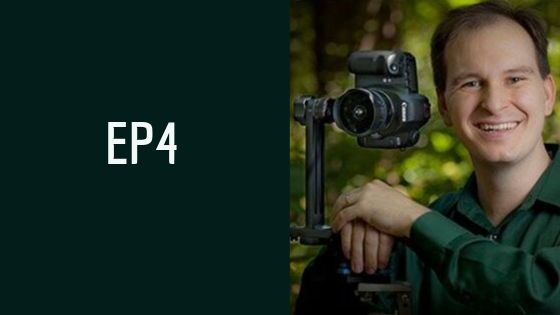“It allows people from anywhere in the world to walk through your business before they visit.” – Jared Buswell
In today’s episode, Clarence talks with Jared Buswell about online walkthrough virtual tours and how providing an experience where anyone from anywhere in the world can walk through your business before they call or visit can boost profits.
Here are some of the fascinating things you will hear in this episode:
- Why local businesses need online walkthrough virtual tours
- What types of businesses can benefit from this type of content (Some of these may surprise you.)
- The best ways to implement this type of content into your marketing system
So listen here to find out why you should spend an equivalent amount of energy on creating this type of content for your business as you do any other type.










